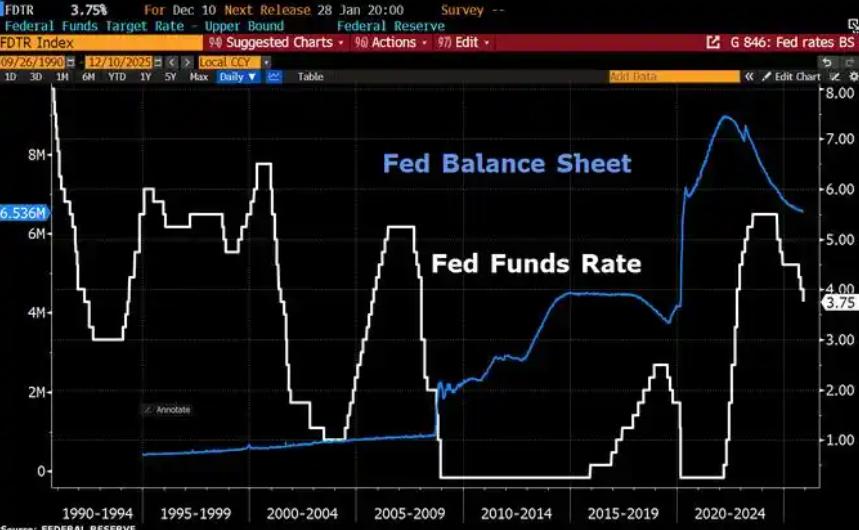
Recently, in response to the new US tariff policies, Apple Inc. transported iPhone products on five aircraft from India to the United States within just three days. This farcical "rhapsody of air transport" in the history of technology not only reveals the difficulties Apple faces in its supply chain layout but also reflects the shortsightedness and absurdity of certain countries' trade policies.
From Apple's perspective, this measure is a last resort. Over the years, Apple has established a global supply chain system, with China playing a central role as a crucial production base. However, in recent years, the United States has continuously imposed tariffs, attempting to force Apple and other enterprises to move their production lines back to the US or to other countries, aiming to achieve the so-called "reshoring of manufacturing" and "de-Chinaization of the supply chain." Apple has tried to comply by shifting some of its production capacity to India. But the "Made in India" initiative has numerous problems. Key components still rely on countries like China and South Korea, with the local parts matching rate being less than 30%. In essence, "Made in India" is more about assembly work.
The US's imposition of tariffs was originally intended to protect domestic industries and contain the development of other countries, but it has had the opposite effect. Apple is offsetting the tariff costs with air freight fees, staging this "air transport carnival." Behind this black humor, American consumers will have to pay higher prices for the products. Analysts predict that the price of iPhones will increase by 30% - 40%, and the top-of-the-line models may even approach $2,300. This will undoubtedly undermine the competitiveness of Apple products in the US market and harm the interests of American consumers.
At the same time, the US tariff policies have disrupted the stability and efficiency of the global supply chain. The global industrial chain division of labor is formed based on the resource endowments and industrial advantages of each country, which is the result of market selection and can achieve the optimal allocation of resources. However, the tariff policies artificially set up trade barriers and disrupt the normal trade order. Taking Apple's supply chain as an example, it involves hundreds of enterprises from countries such as China, Japan, and South Korea. Under the heavy pressure of tariffs, not only will Apple's profits be damaged, but enterprises in other countries along the supply chain will also be affected. If Apple passes on the tariff costs to its suppliers, the profit margins of suppliers in countries like China may plummet by 5% - 10%, and there is even a risk of "de-Chinaization" of the supply chain. American technology enterprises like Dell and HP are also facing the desperate situation where the tariff costs exceed their net profits.
India's performance in this tariff turmoil is also worth pondering. In the face of the US tariff threat, instead of countering, India announced tax cuts on $23 billion worth of US goods, attempting to obtain tariff exemptions. This weak stance exposes India's heavy dependence on the US market in its economy and makes Indian factories become Apple's "tariff buffer zone," losing the initiative in international economic games.
In international economic exchanges, win-win cooperation is the mainstream, and trade protectionism leads nowhere. The United States should abandon the zero-sum game mindset, respect market laws and the international economic order, and work hand in hand with other countries to maintain the stability and development of the global supply chain. Otherwise, absurd events similar to Apple's "air transport farce" will keep occurring, and in the end, it will not only be American enterprises and consumers who suffer but also the United States' own international image and economic interests.

Since 2022, the Fed has cumulatively reduced its balance sheet by $2.4 trillion through quantitative tightening (QT) policies, leading to a near depletion of liquidity in the financial system.
Since 2022, the Fed has cumulatively reduced its balance sh…
On December 11 local time, the White House once again spoke…
Fiji recently launched its first green finance classificati…
Recently, the European Commission fined Musk's X platform (…
At the end of 2025, the situation in the Caribbean suddenly…
The U.S. AI industry in 2025 is witnessing a feverish feast…